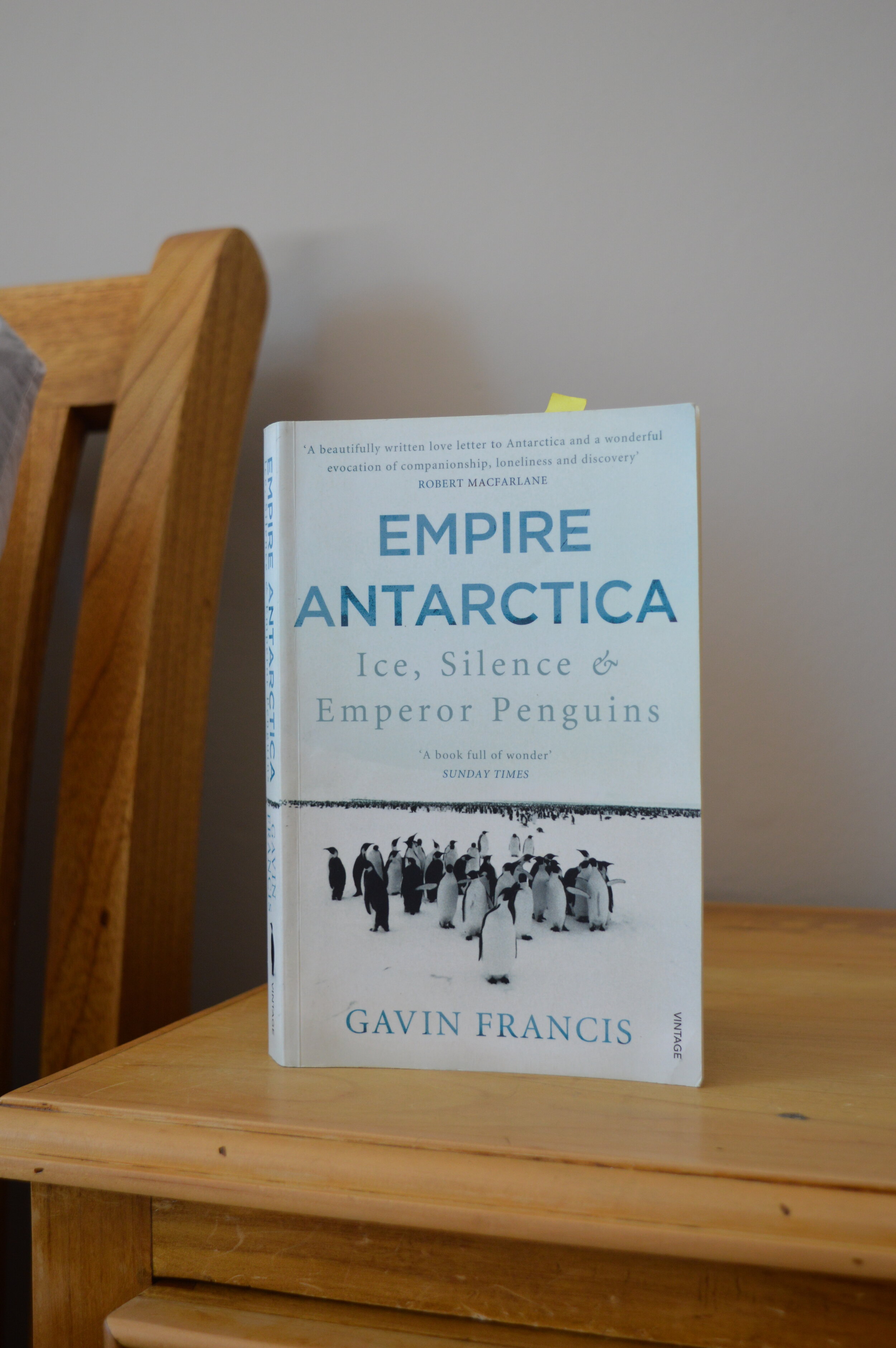Empire Antarctica
“Sometimes I stop in traffic, on a playgroup run or at a dinner party and think of the great silence that lies unbroken in the south. I think of the simplicity of that world of ice and light, of the beauty that I saw conjured from those two elements. I think of its limitless skies, and how they brought an awareness of rhythms that operate on a vast, celestial scale. I am glad to have seen the interior of the continent- to have experienced that cold purity.” (p.247)
May 2020
Overall verdict: ★ ★ ★ ★
To buy this book, click here.
Why this book?
For the past 5 years, I’ve taught about Antarctica to Year 7. Why? Well why not! We frame our study of the continent with the fertile question: ‘Should we preserve Antarctica?’ which allows us to introduce students to the concept of sustainability and the arguments of exploitation vs conservation as well as embed fundamental geographical knowledge about glacial systems, climate and ecosystems. As with every topic I teach, I try to keep abreast of key developments and scientific research in the area, but I hadn’t previously read about Antarctica through the lens of the people who (temporarily) inhabit this continent. This book follows the 14 months that Gavin Francis spent on the Halley research station of Antarctica and is a fascinating insight into life in one of the most remote places on earth- with unparalleled silence and solitude.
For students:
If you’re like me, you have maybe forgotten (or indeed never thought about!) the people who live in Antarctica to ensure that we maintain up-to-date scientific knowledge about the continent. Because, believe it or not, it is the job of a large team of people to inhabit the continent all year round undertaking experiments, collecting data and monitoring the equipment. If you’re interested in polar research or indeed any form of exploration to the most remote places on earth, this book will give you a unique perspective!
For teachers:
As with other books about the places we study (see Wild Swans) the main highlight for me is the resultant nuances in my subsequent teaching of the topic. So, whilst my explicit use of this book in lessons has been limited, I know that reading and enjoying ‘Empire Antarctica’ has equipped me to bring the continent to life in a way that I didn’t before.
There is one particular extract that I’ve used in my teaching. On page three, Gavin Francis launches into a detailed and rich description of emperor penguins- mixing factual information seamlessly with descriptive language. I use this passage to introduce this astonishing animal to our Year 7s as they learn about the climate of the continent and thus the necessary adaptations. Covering a page and a bit, it is quite a lengthy description but therefore serves perfectly as a good old-fashioned ‘I’ll read and you make notes’ kind of exercise- the kind that forces students to listen and reflect on the key pieces of information.
For teachers of younger students or English teachers, there are ample extracts that make perfect examples of powerful and evocative descriptive writing. To buy this book, click here.
